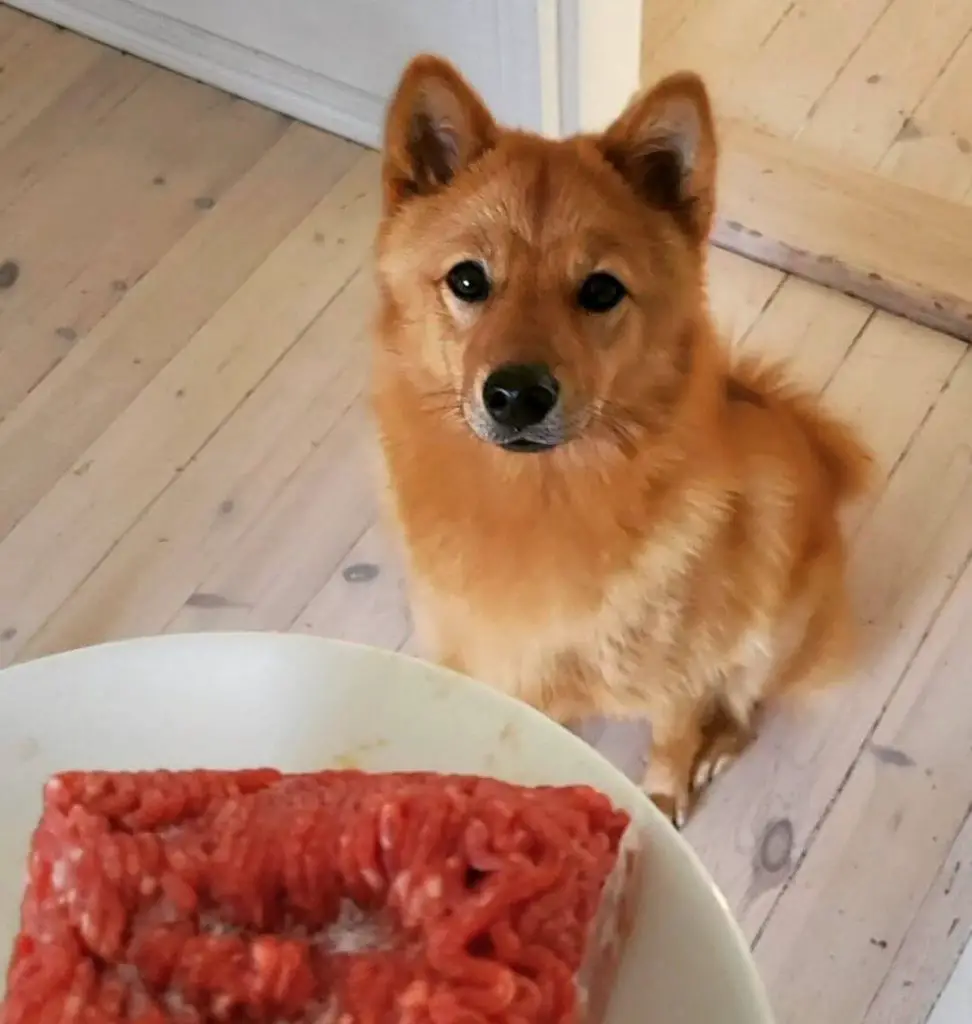Choosing the right food for your canine companion is one of the most critical decisions you’ll make as a pet owner. However, it’s not always straightforward, and there are common mistakes that many dog owners make when it comes to dog food selection. In this article, we’ll shed light on these mistakes and offer guidance on how to ensure your dog gets the best nutrition possible.

Mistake 1: Neglecting to Read the Label:
One of the most significant mistakes dog owners make is not reading the labels on dog food carefully. Labels provide crucial information about ingredients, nutritional content, and feeding guidelines. Avoid dog foods with vague or incomplete labels, and prioritize products with transparent and informative packaging.
Mistake 2: Ignoring Your Dog’s Life Stage:
Dogs have different nutritional needs at various life stages. Puppies, adult dogs, and seniors all require specific diets to support their growth and health. Make sure the dog food you choose is appropriate for your dog’s age and activity level.
Mistake 3: Overlooking Protein Quality:
Protein is a vital component of a dog’s diet, but it’s not just about quantity; quality matters too. Look for dog foods that list specific protein sources like chicken, beef, or fish rather than generic terms like “meat by-products.”
Mistake 4: Opting for Fillers and Additives:
Some dog foods are packed with fillers like corn, soy, and wheat, which offer little nutritional value and can trigger allergies in some dogs. Additionally, artificial additives and preservatives can harm your dog’s health. Choose dog foods that prioritize natural, whole ingredients and avoid those with unnecessary fillers and additives.

Mistake 5: Inadequate Hydration:
Many dog owners forget to consider the importance of hydration. Wet dog food can help supplement your dog’s water intake, especially if they are not drinking enough. It’s a good option for dogs prone to urinary tract issues.
Mistake 6: Skipping Portion Control:
Feeding your dog without measuring portions can lead to overfeeding or underfeeding, both of which can harm their health. Follow the feeding guidelines on the dog food label and adjust portions based on your dog’s age, size, and activity level.
Mistake 7: Failing to Monitor for Allergies and Sensitivities:
Some dogs have food allergies or sensitivities to certain ingredients. If your dog displays signs of allergies or gastrointestinal issues, consult your veterinarian to identify potential food triggers and choose a diet that suits their needs.
Mistake 8: Not Considering Breed and Size:
Different breeds and sizes have varying dietary requirements. Small breeds, for instance, may need smaller kibble sizes to prevent choking, while large breeds might benefit from diets designed to support joint health.

Selecting the right dog food is a crucial aspect of responsible pet ownership. By avoiding common mistakes such as neglecting labels, ignoring your dog’s life stage, and opting for low-quality ingredients, you can ensure your canine companion receives the nutrition they need for a healthy and happy life. Always consult with your veterinarian for personalized dietary recommendations based on your dog’s individual needs. Remember, a well-informed choice when it comes to dog food can contribute to your dog’s overall well-being and longevity.
